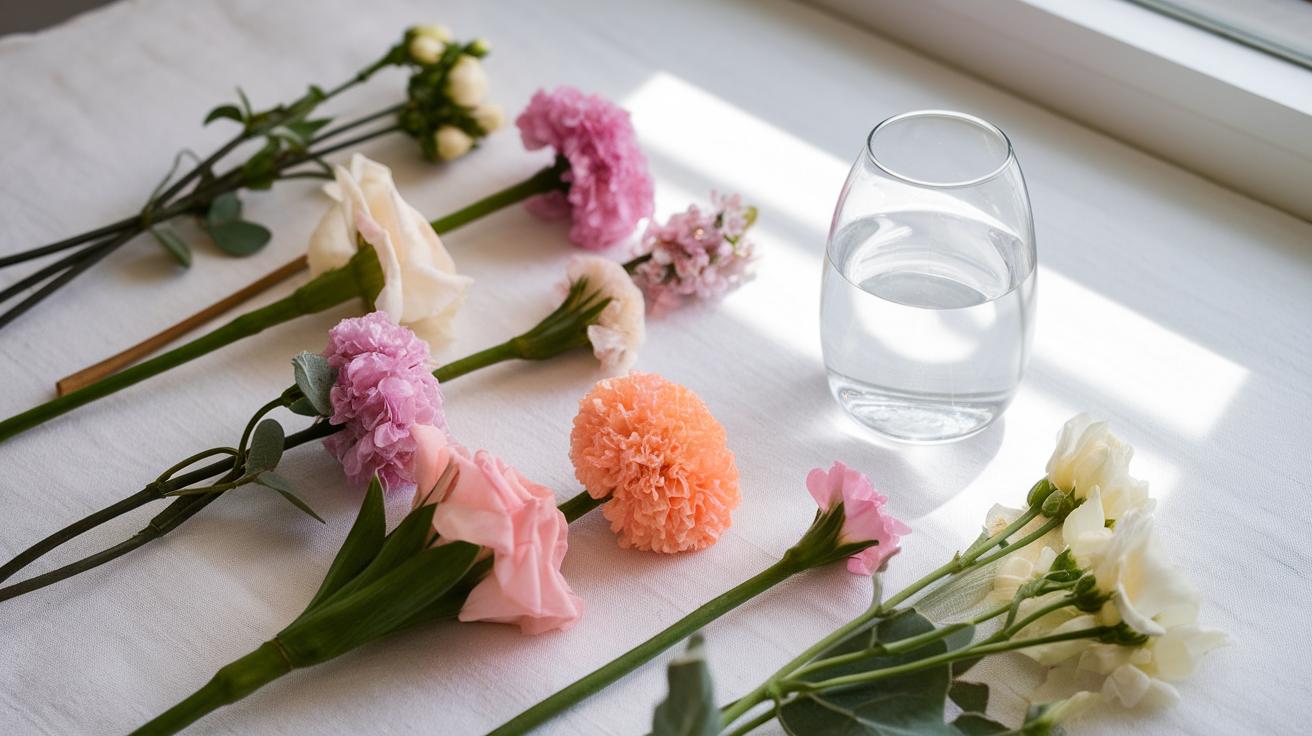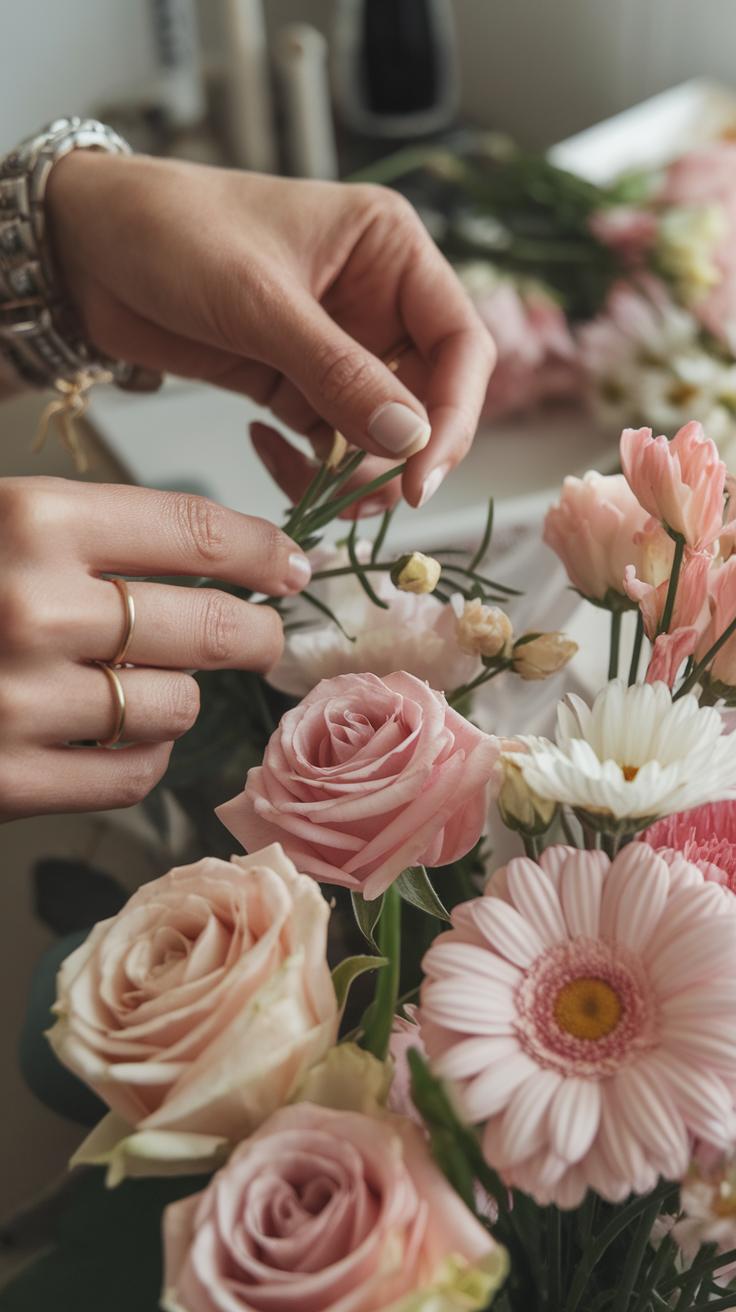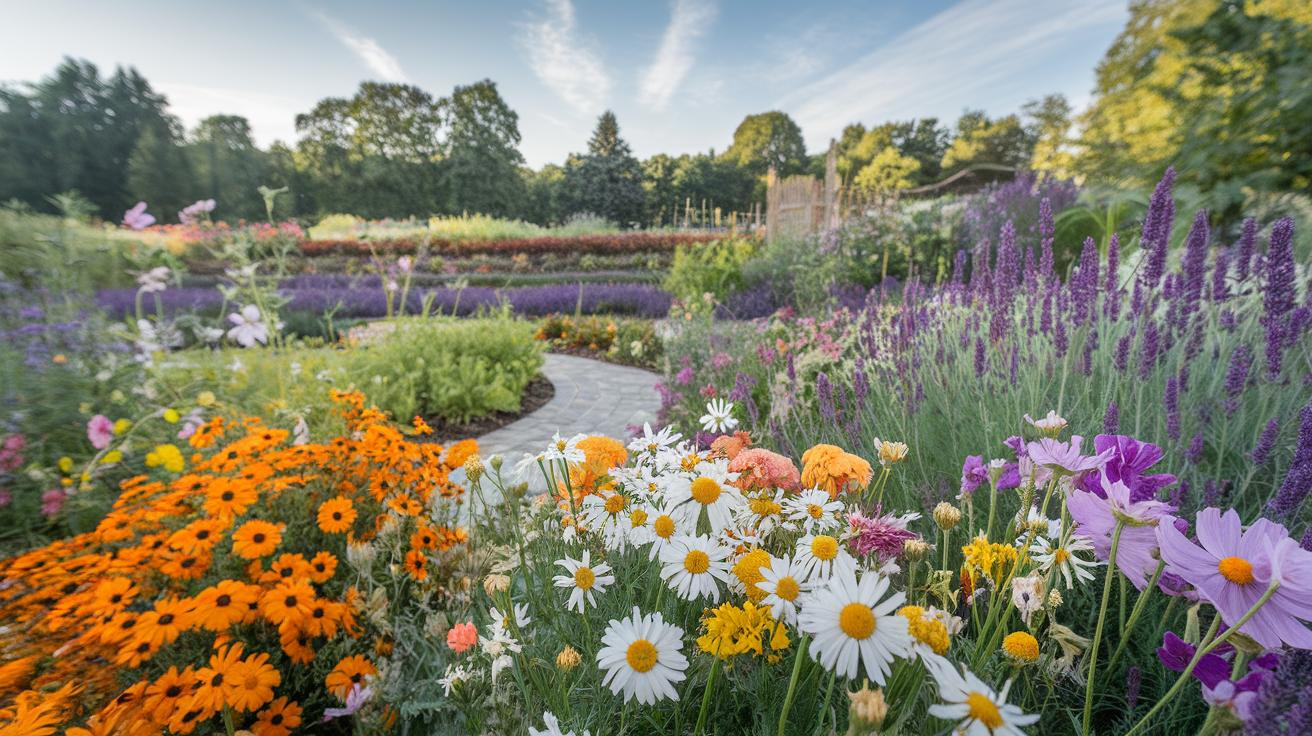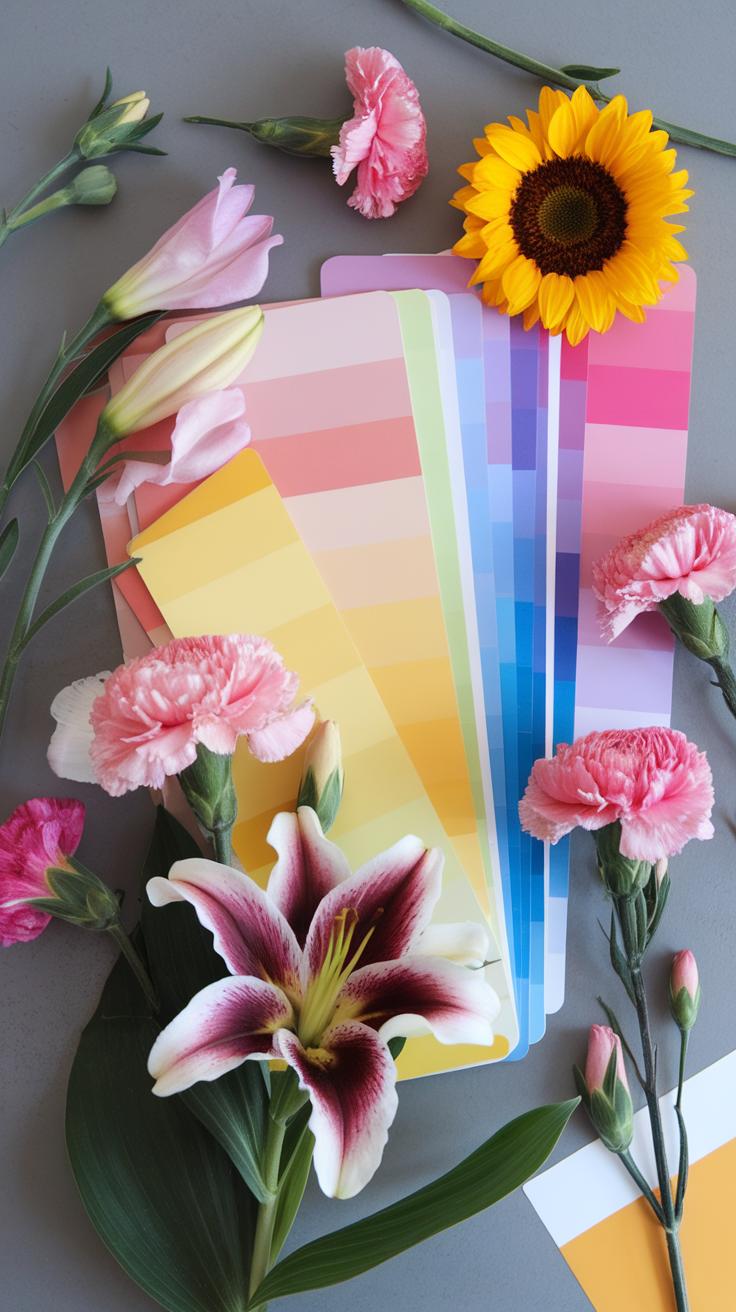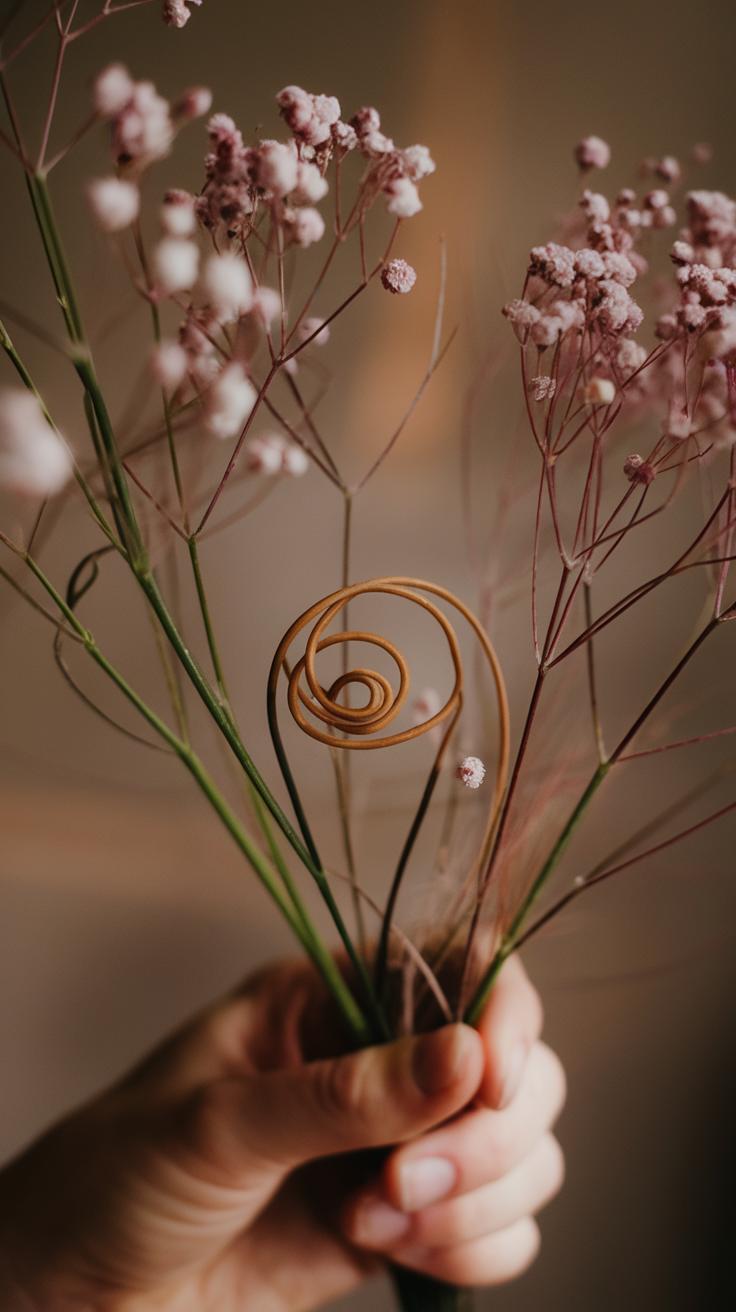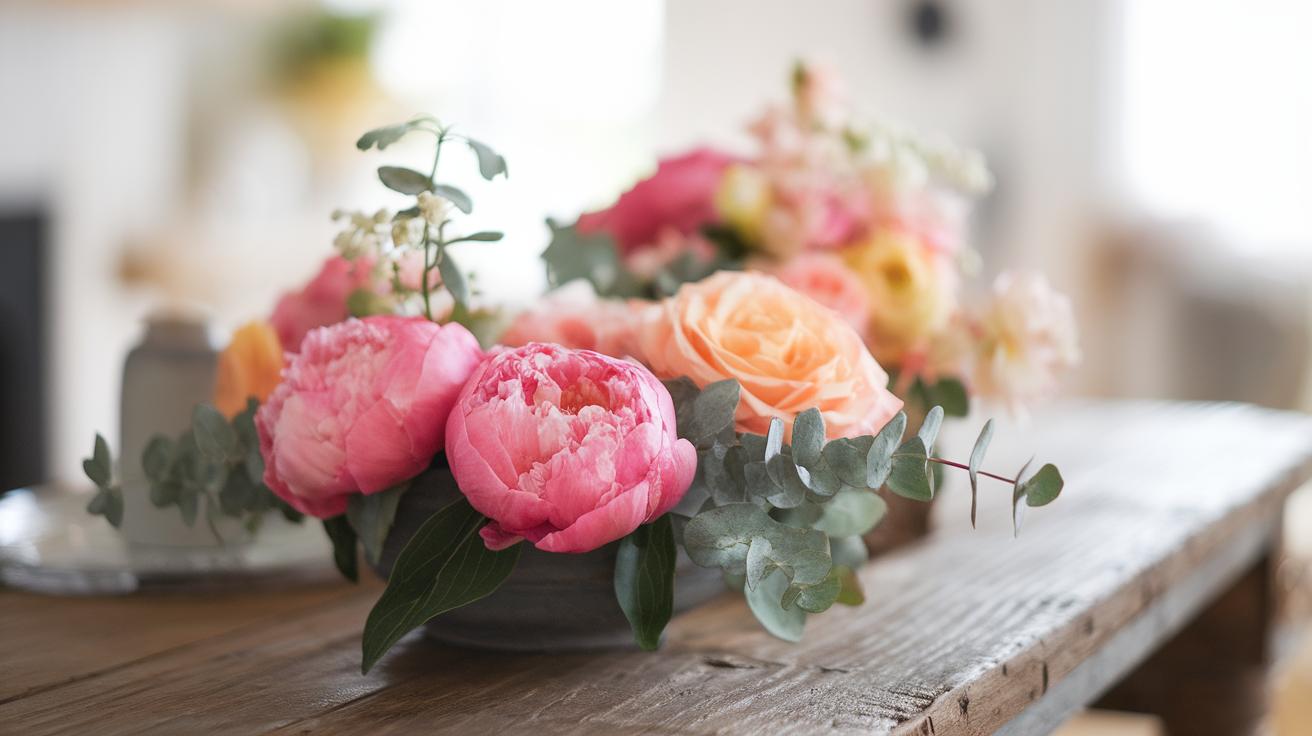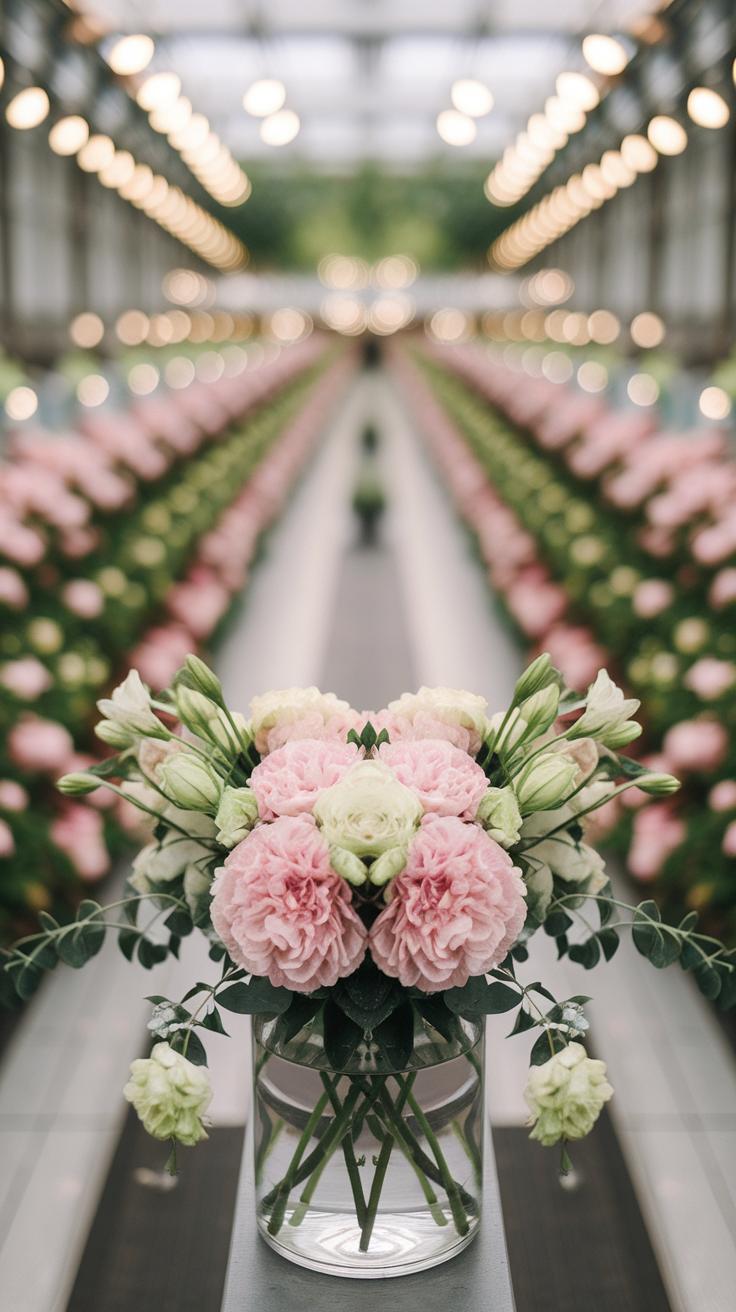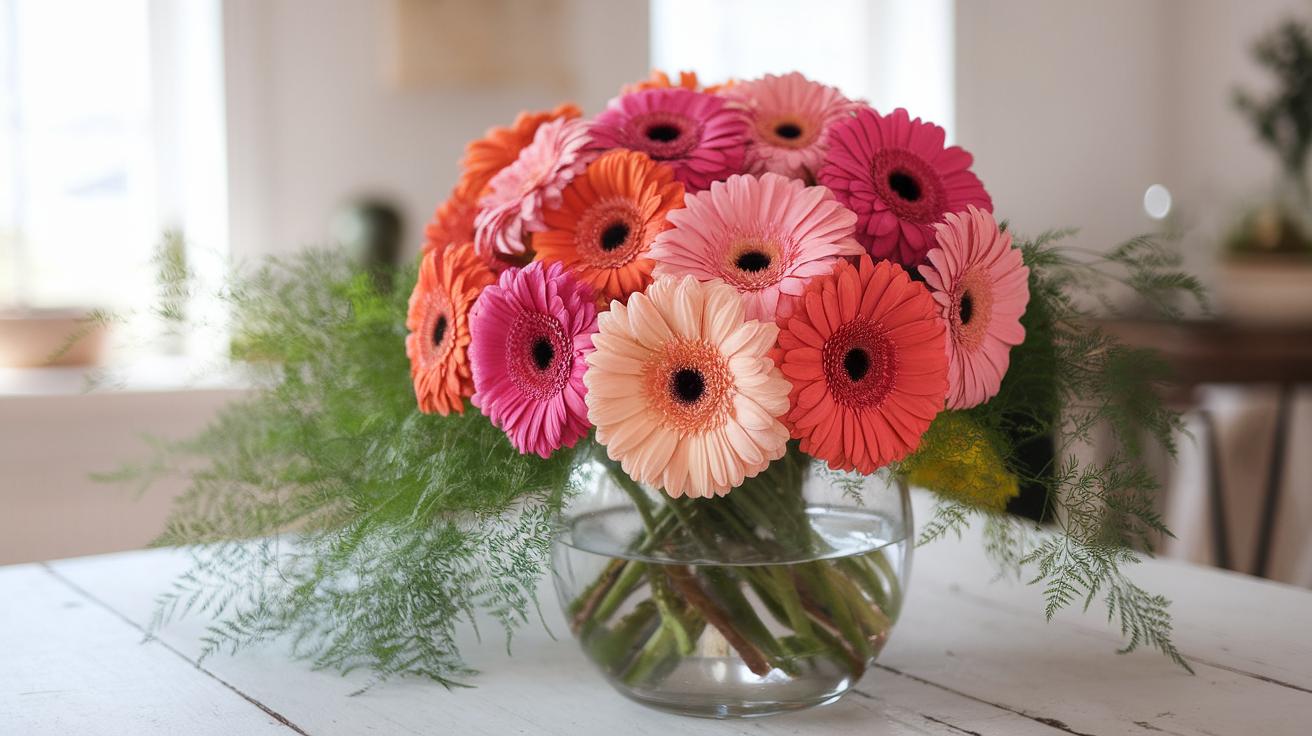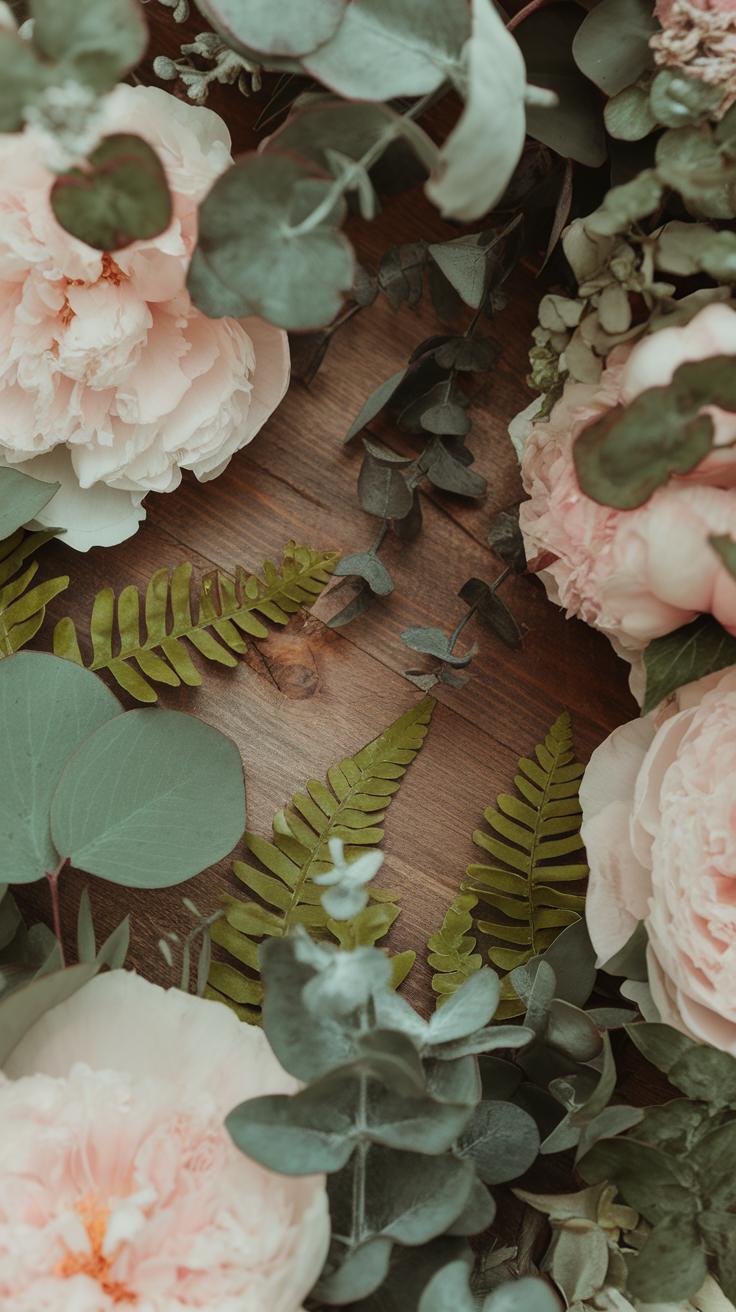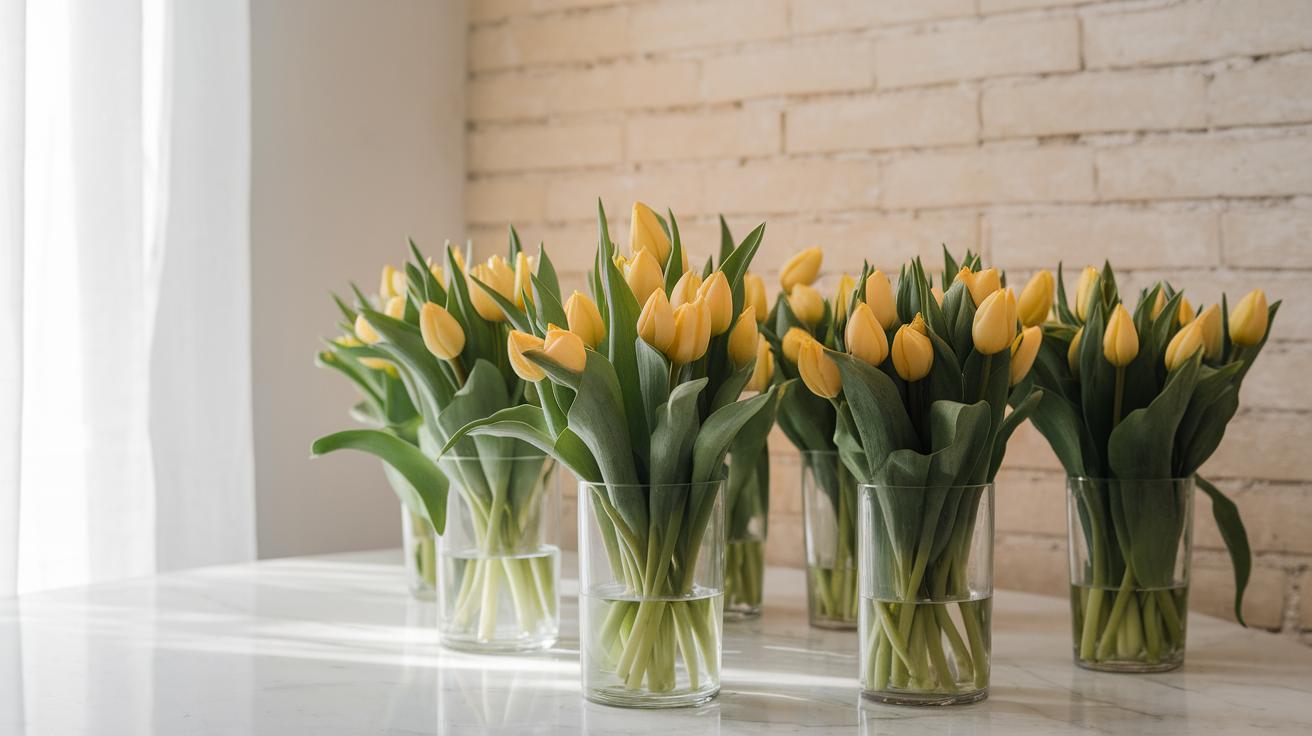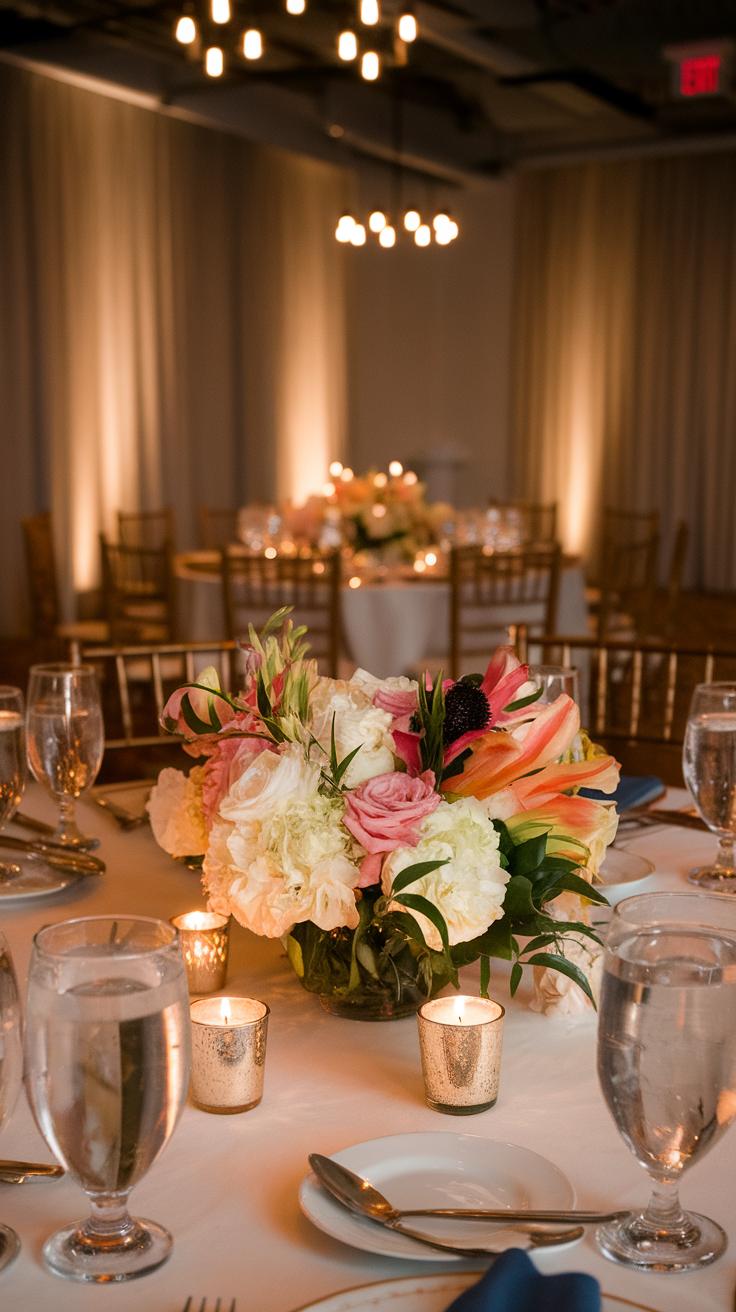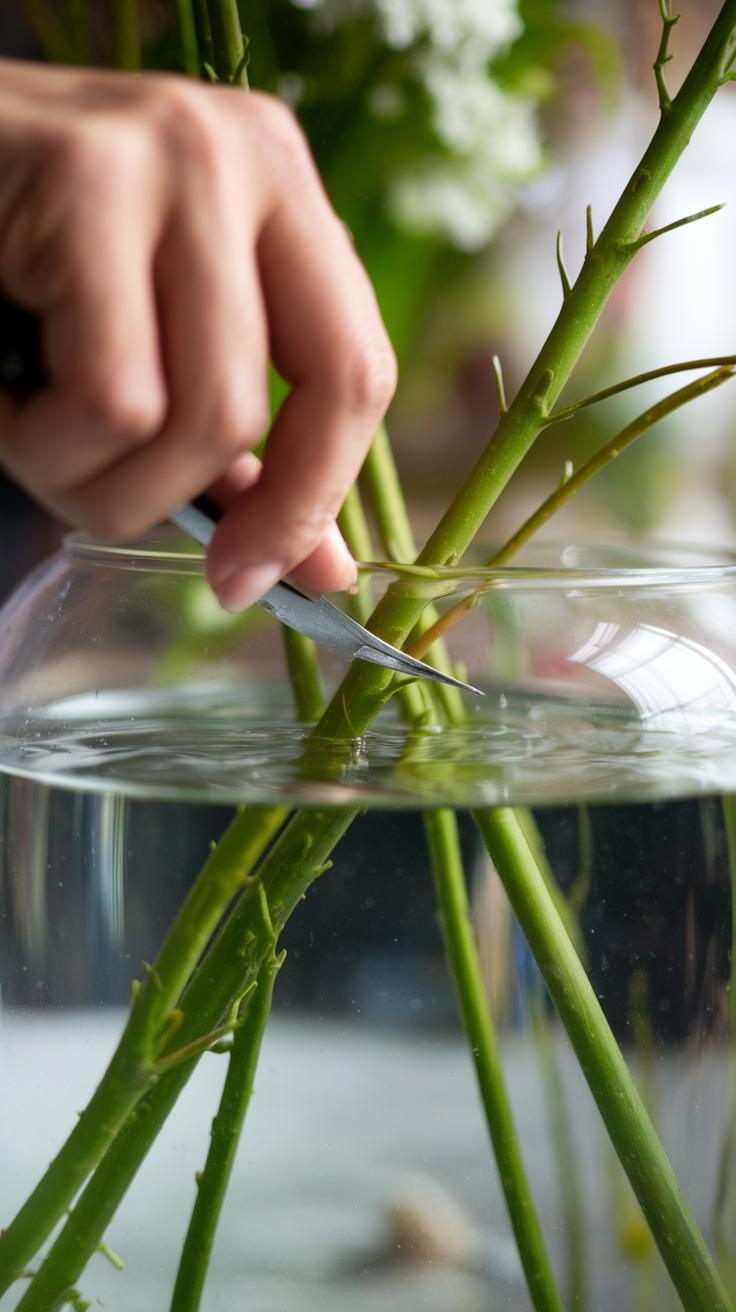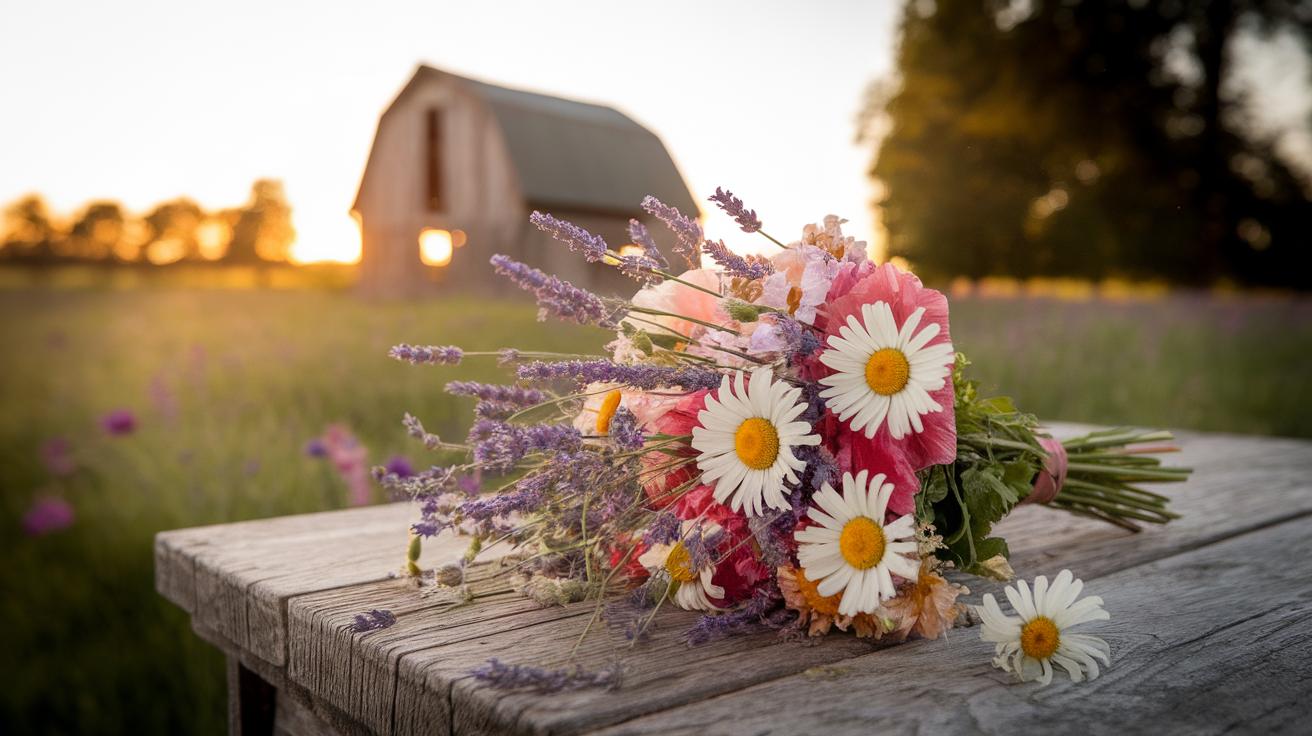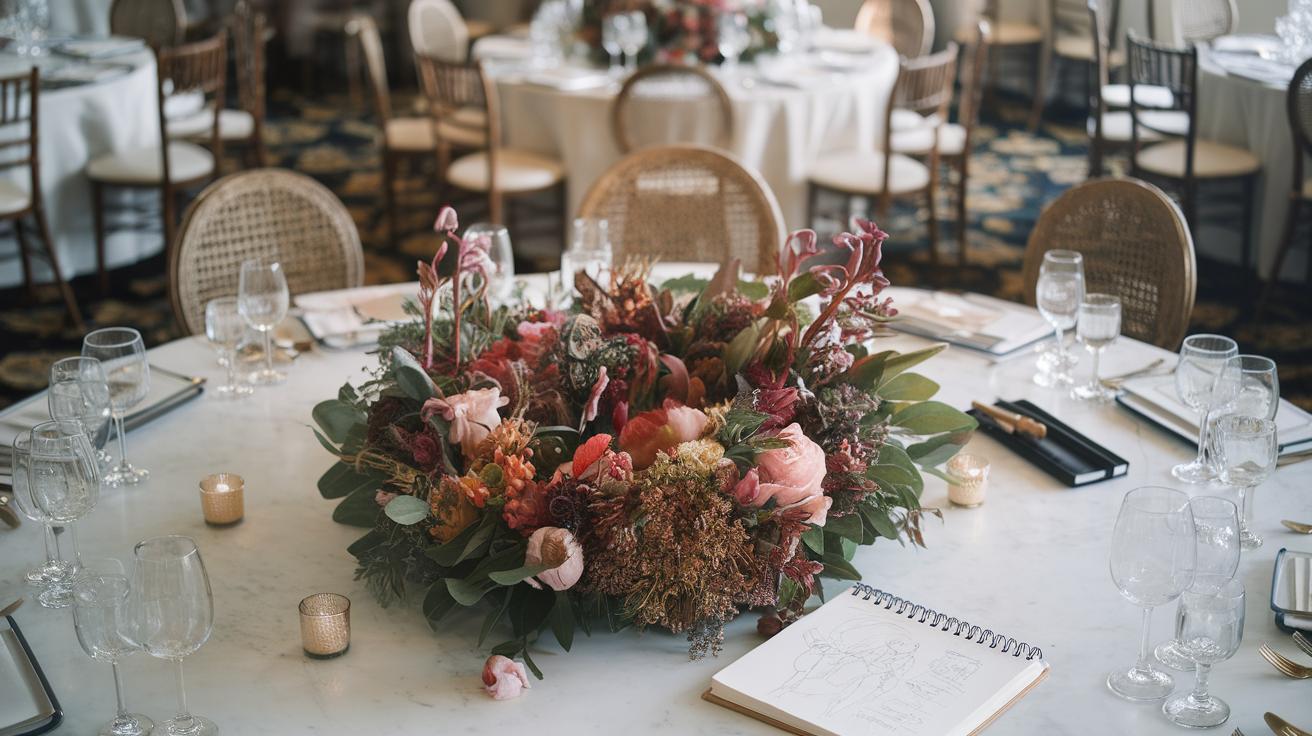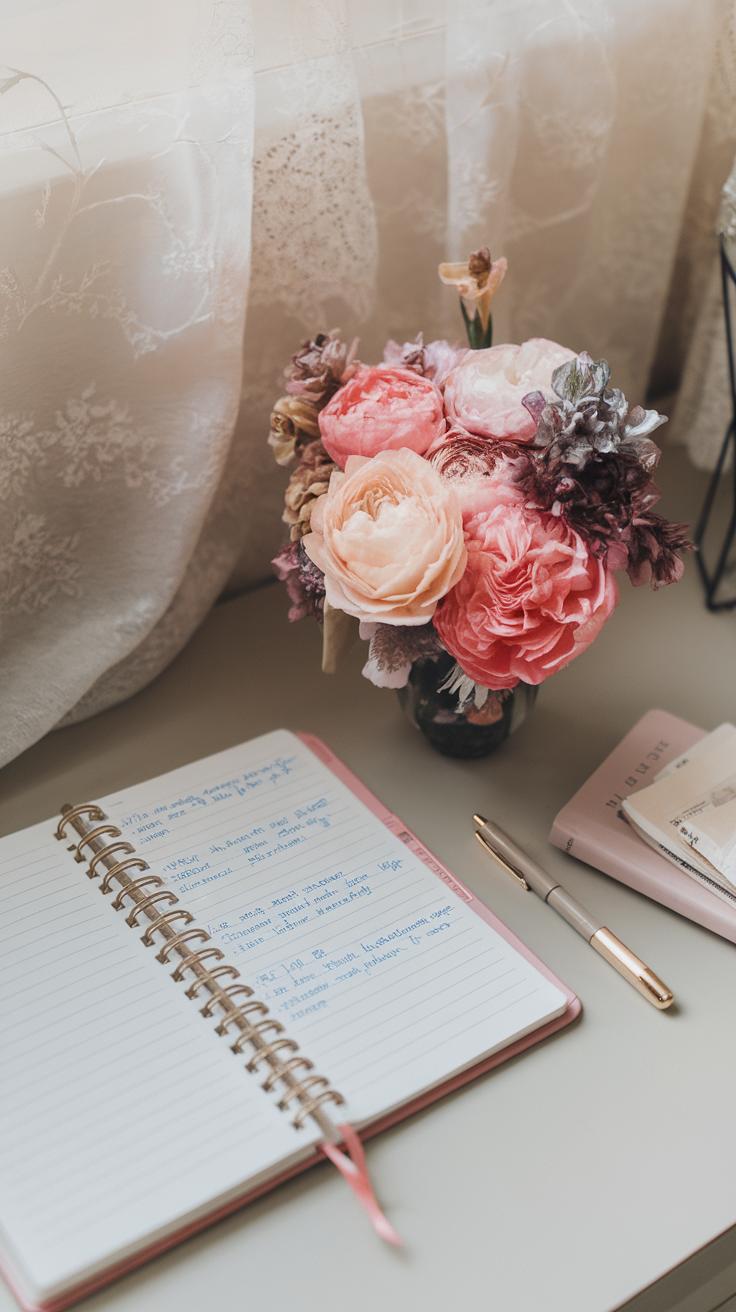Introduction
Creating beautiful flower arrangements can seem challenging. However, with a bit of knowledge and practice, you can easily master simple techniques. Many people appreciate the beauty of flowers but may hesitate to try arranging them. This article will guide you through various simple flower arrangements that anyone can master. You will learn essential tips that simplify the process and help you develop your personal style.
Flower arrangements can brighten any space, making it more inviting. Whether for a special occasion or just to add a touch of nature to your home, you can create stunning displays with minimal effort. We will cover essential tools, types of flowers you can use, and inspiration for arrangements. Get ready to discover how easy and rewarding flower arranging can be.
Getting Started with Flower Arrangements
Essential Tools for Simple Flower Arrangements
Begin with a clean workspace. A flat surface helps you organize your materials. Gather a sharp pair of scissors or pruning shears. These tools allow you to cut stems accurately and keep flowers fresh. Next, have a vase or container ready. Choose one that fits your style and the amount of flowers you plan to use.
A floral foam might be useful for certain arrangements. It holds flowers in place and provides water for hydration. Make sure to soak it in water before use. A wire cutter is another handy tool. It helps you trim floral wire and create structure in your designs.
Lastly, keep floral tape on hand. This can secure stems together or help shape the arrangement. With these tools, you’ll find that creating beautiful flower arrangements becomes easier. What will you create first?
Choosing the Right Flowers
Types of Flowers for Simple Arrangements
Selecting the right flowers is key to creating beautiful arrangements. You can use popular blooms like daisies, sunflowers, and carnations for their durability and easy handling. Seasonal flowers offer variety and freshness. For spring, try tulips or peonies. In summer, go for lilies and zinnias. Autumn brings chrysanthemums and dahlias, while winter offers sturdy roses and evergreens. Knowing what’s in season can lead to better quality and lower prices.
Selecting Based on Skill Level
Your skill level affects your flower choices. Beginners might start with flowers that last longer and are easy to arrange. Sturdy flowers like alstroemeria or gerbera daisies are forgiving for novice hands. As you gain confidence, explore more delicate varieties like orchids. Think about what works best for your space as well. Do you want a burst of color or a calming look? Choose flowers that reflect your style and comfort level.
Basic Flower Arrangement Techniques
Creating a flower arrangement starts with cutting your stems properly. Use sharp scissors or flower shears to make a clean cut at a 45-degree angle. This allows the flower to absorb more water. Always cut your flowers under running water or submerged in water. Dry stems can trap air, which prevents hydration.
Next, layering is key. Start with the greenery or filler flowers at the base. This adds volume and structure. Add focal flowers in the center, placing larger blooms first. Smaller flowers can fill in the gaps, creating a balanced look. Keep the arrangement natural and avoid overcrowding.
Positioning matters as well. Place taller stems towards the back or center, fading to shorter ones towards the edges. This creates depth and draws the eye around the arrangement. Take a moment to step back and view your work. Does it feel balanced? Adjust as needed until it looks right to you.
Creating a Balanced Arrangement
Understanding Balance in Floral Design
To create a balanced flower arrangement, focus on three key elements: height, weight, and color. Each element plays a vital role in achieving visual appeal. Arrange taller flowers in the center or back of your design. This placement creates an upward flow that directs the eye. For example, use sunflowers or delphiniums to add height and draw attention. Balance the weight with medium and shorter flowers like dahlias and pom-poms at the front. This layout gives stability.
Next, consider color combinations. Use contrasting colors to create interest. For instance, pair bright yellows with deep purples to develop focus points. You might ask yourself how these colors make you feel. The right balance keeps your arrangement harmonious, making it visually pleasing. Stand back and observe your work. Does it look balanced? Adjust as needed until it feels right.
Practical Tips for Balance
Start with an odd number of each flower type. This approach often feels more natural than an even distribution. You can also group colors in threes or fives to create clusters. Imagine your arrangement like a geometric shape. A triangle layout, for example, provides a clear visual path. Experiment with your designs. Use what you have at home to practice, and soon you’ll master creating balanced arrangements.
Using Foliage in Arrangements
Foliage plays a vital role in flower arrangements. It fills space, adds texture, and balances colors. Greenery can set the stage for your flowers, making them pop. Without it, arrangements can feel flat and incomplete.
Types of Greenery
You have many options for greenery. Eucalyptus offers a soft, fragrant touch. Ferns add a wild, natural feel. Ruscus and salal provide hearty leaves that support taller flowers. Pine and cedar bring a festive energy during holidays. Choose what fits your style and the season.
Enhancing Flower Displays
Adding foliage can enhance your arrangement’s visual interest. Try creating fullness by layering leaves. Use trailing greens like ivy for a dramatic effect. Think about how each type of greenery can affect the overall look. What message do you want your arrangement to convey?
Experiment with different greens to see how they change your flowers’ appearances. You might discover a combination that speaks to you. A well-placed leaf can turn an ordinary arrangement into something memorable.
Simple Centerpieces for Any Occasion
Dinners and Casual Gatherings
Creating centerpieces for dinner parties is straightforward. Use a simple bowl filled with fresh fruit. Apples, oranges, and lemons bring color and vibrancy. Arrange them in a way that allows easy access. Candles can add warmth. Place a few small votives around the bowl for an inviting atmosphere. Consider using herbs in small jars for a rustic touch. They smell wonderful and can be used in cooking.
Weddings and Formal Events
For weddings, stick to elegant simplicity. Choose a monochromatic color scheme. Flowers like white roses or lilies in tall vases create height without overwhelming the table. Fill gaps with greenery to complement the blooms. You can also use cluster arrangements with different sizes of glass containers. This setup allows for mixing various blooms while maintaining harmony.
Parties and Celebrations
For festive events, think vibrant colors and playful designs. Mix bright blooms like sunflowers and daisies in mason jars for a casual feel. Balloons can also serve as an eye-catching element. Tie them to the centerpieces for a festive touch. Spice up the arrangement with confetti or colored stones at the bottom of the jars to add vibrancy.
Maintaining Your Arrangements
Taking care of your flower arrangements is key to enjoying their beauty for longer. Start with fresh water. Change it every few days to keep bacteria at bay. Clean the vase each time to reduce buildup. Cut the stems at an angle before placing them back in the water. This allows for better water absorption.
Light plays an important role in keeping flowers vibrant. Place your arrangements in indirect sunlight. Direct sunlight can cause wilting quickly. A cool, shaded area is often best. Avoid placing flowers near heat sources like radiators, as heat can stress them.
Temperature also affects flower lifespan. Keep your arrangements in a room that stays between 65°F and 72°F. This range supports most flowers well. Experiment with different placements to see which arrangements last the longest in your space.
Inspiring Floral Arrangements
Simple arrangements can spark creativity in any space. Think about a single flower in a clear vase. This minimalistic approach emphasizes the flower’s beauty. You can use flowers like sunflowers or daisies. They stand out and require little else. Place the vase on a kitchen table or desk to brighten the area.
Consider grouping flowers by color. A mix of red and pink roses creates a vibrant display. Use a clear glass bowl to hold the stems together. This simple technique enhances your space and keeps the arrangement tidy. You might also try a monochromatic theme. Use all white lilies for a sleek look, filling a tall vase for added height.
Experiment with different containers. A mason jar can give a rustic vibe. A ceramic pot adds a modern touch. You have options. How will you personalize your arrangements? Remember, the key is to have fun and let your individuality shine through your choices.
Conclusion and Next Steps
Simple flower arrangements can transform any space without much effort. You have learned various techniques such as choosing the right flowers, maintaining balance, and using different heights. Now, it’s your turn to practice. Start by selecting a few blooms that catch your eye. Consider color combinations that appeal to you. Gather a clean vase and some water to keep your flowers fresh.
As you arrange, think about how you want the final look to feel. Place taller flowers in the center and shorter ones around the edges for a balanced effect. Take inspiration from the arrangements shared earlier while adding your unique touch. How will your space change with the blooms you picked? Will you try mixing types of flowers or sticking to a single variety? Take some time this week to gather flowers and create something beautiful. Your creativity can flourish as you experiment and build confidence in your floral skills.
Conclusions
You have explored various simple flower arrangements and learned techniques that elevate your skills. Flower arranging does not require extensive training or expensive materials. With a few basic tools and a bit of practice, you can create beautiful displays that impress your friends and family. The key is to experiment and find what works for you.
As you practice, consider creating arrangements for different occasions. This will enhance your confidence and provide opportunities to showcase your creativity. Keep your space blooming and vibrant by regularly changing your arrangements. The journey of flower arranging is a rewarding experience that adds beauty to your daily life.

